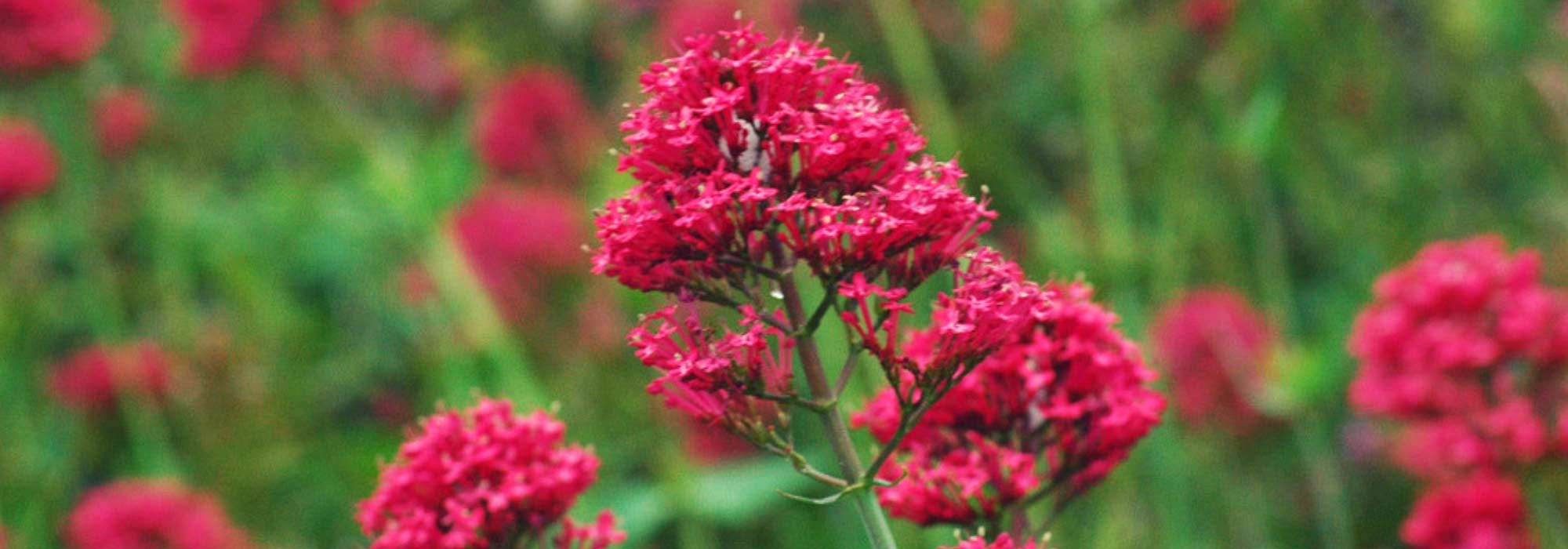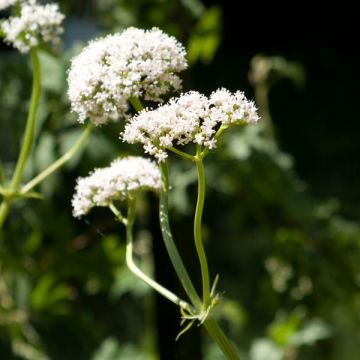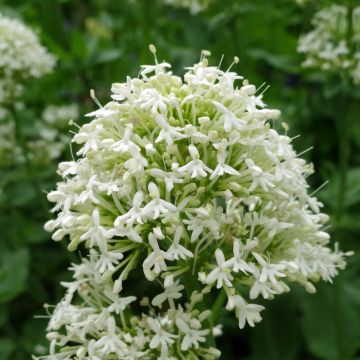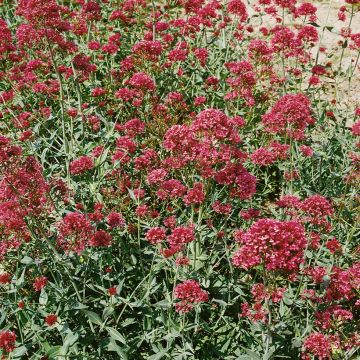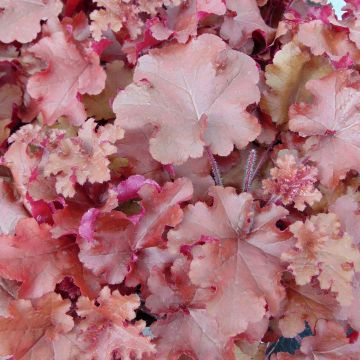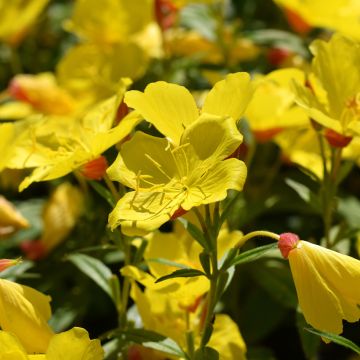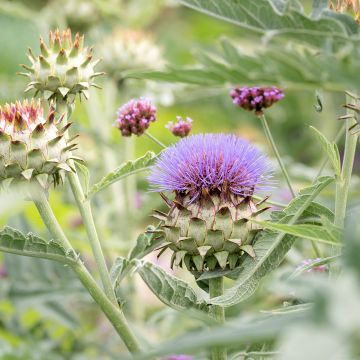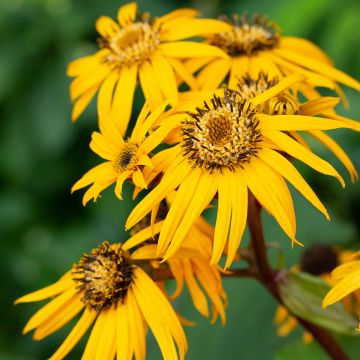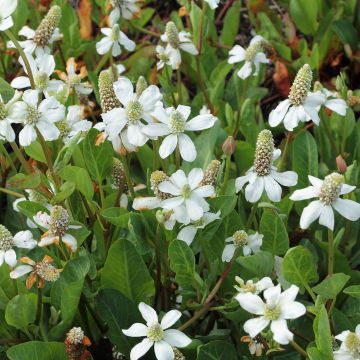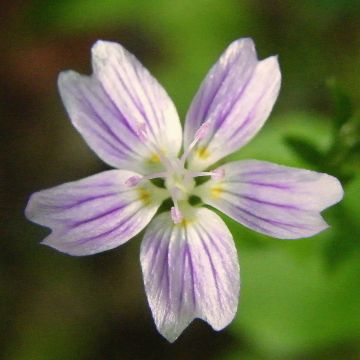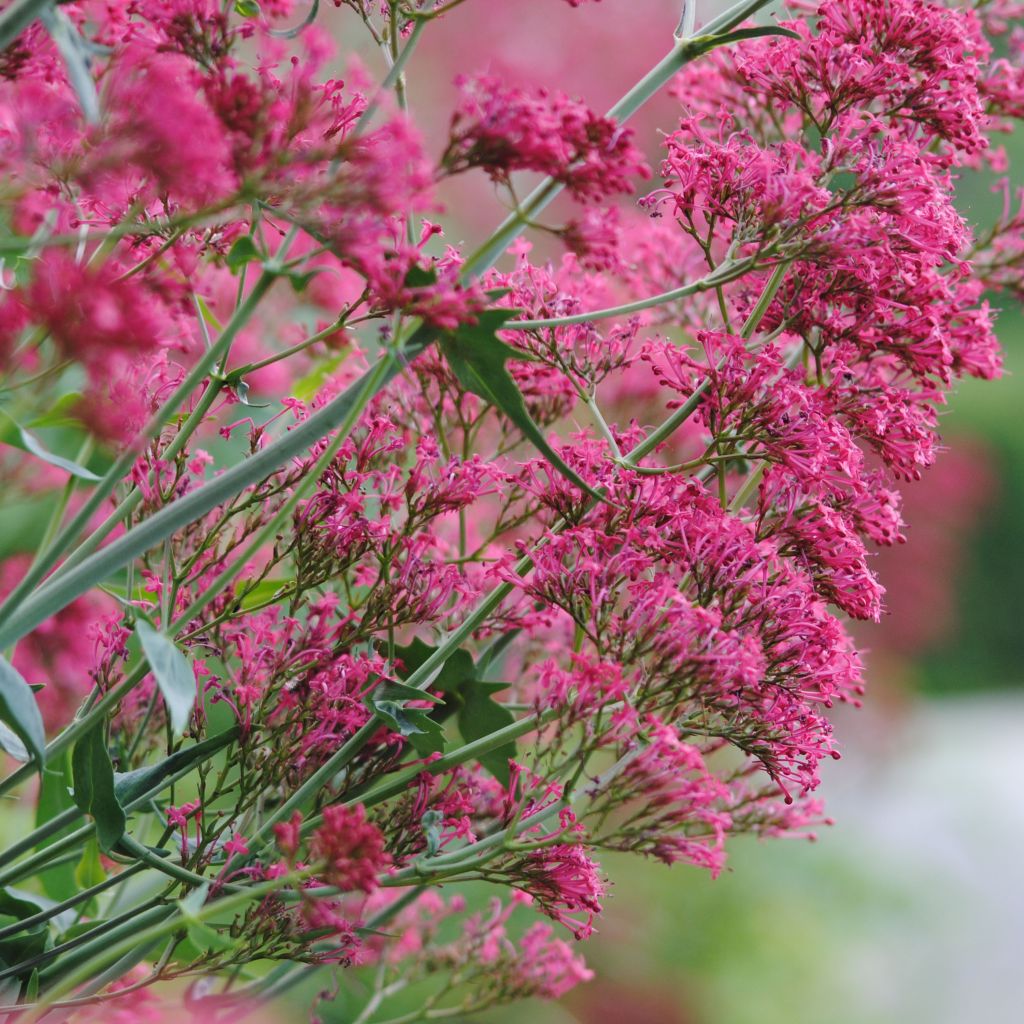

Centranthus ruber
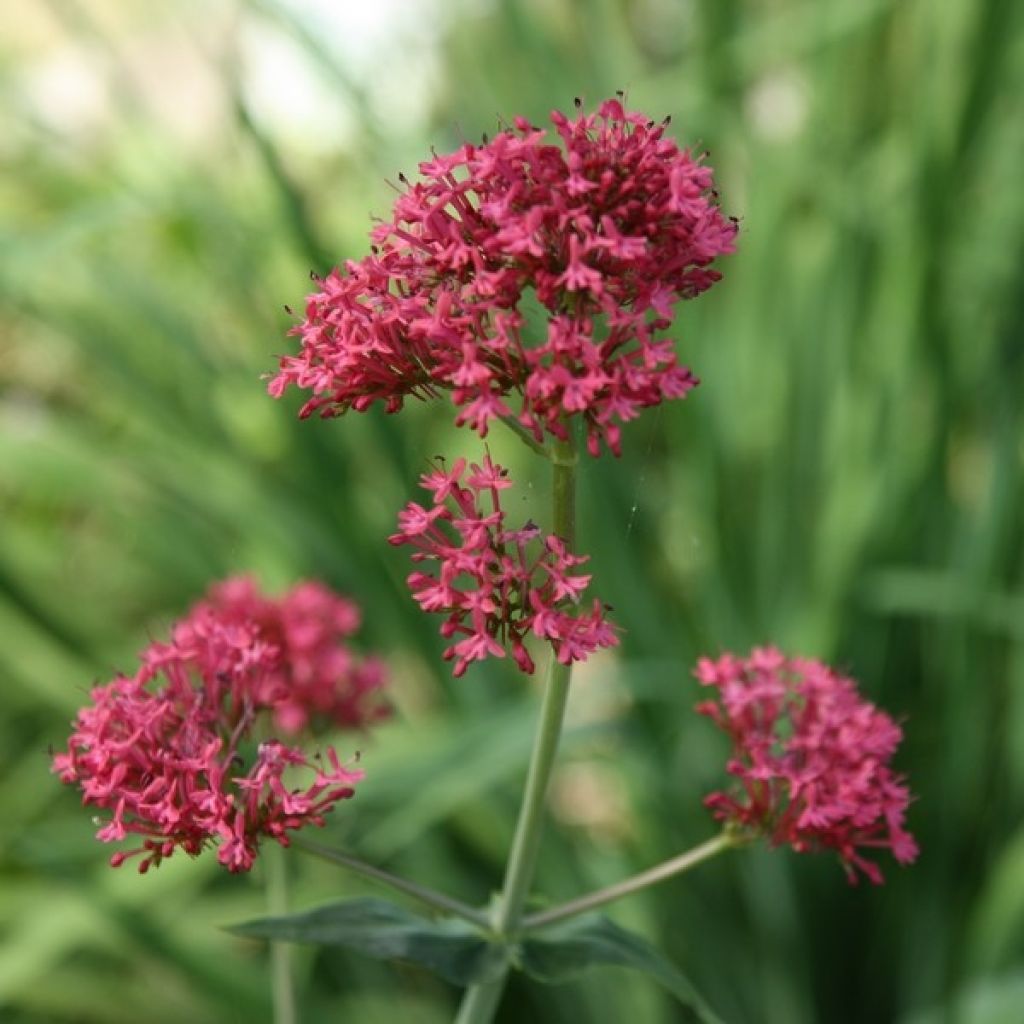

Centranthus ruber
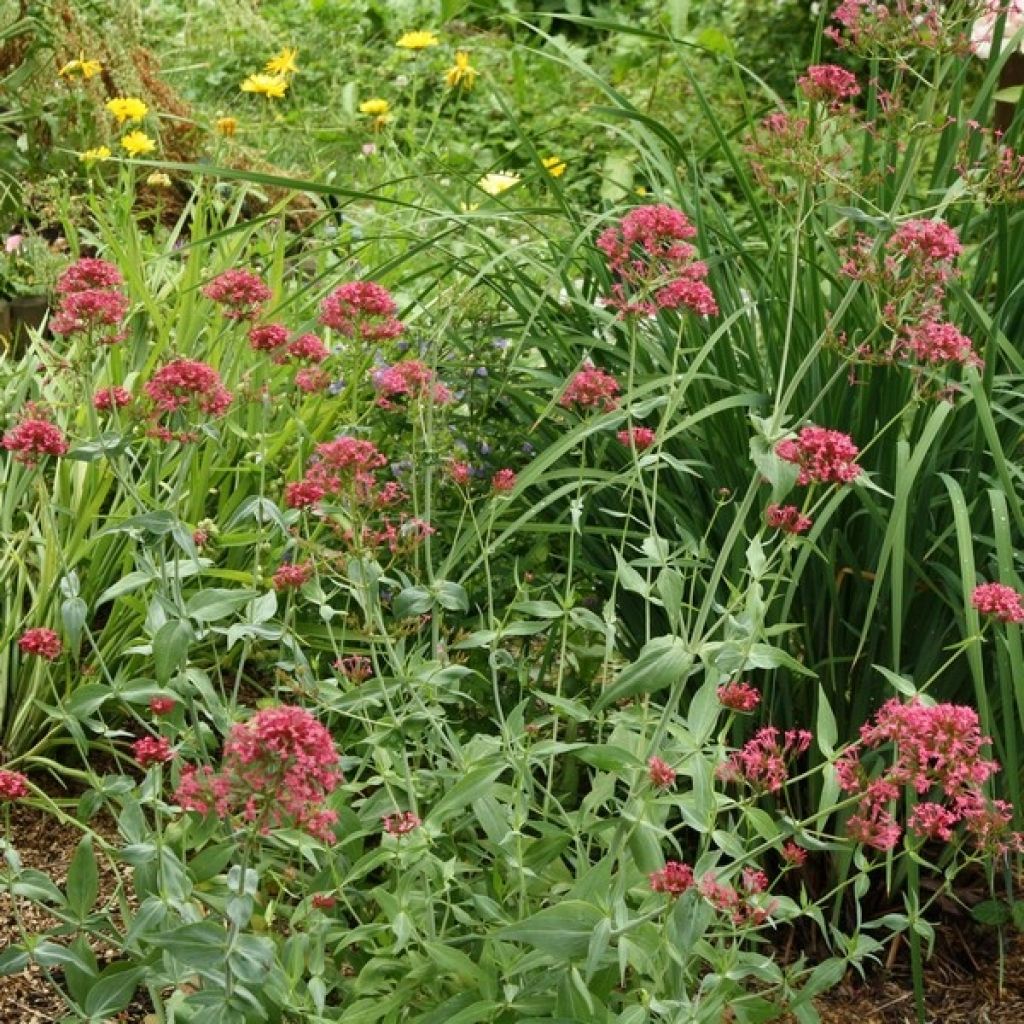

Centranthus ruber
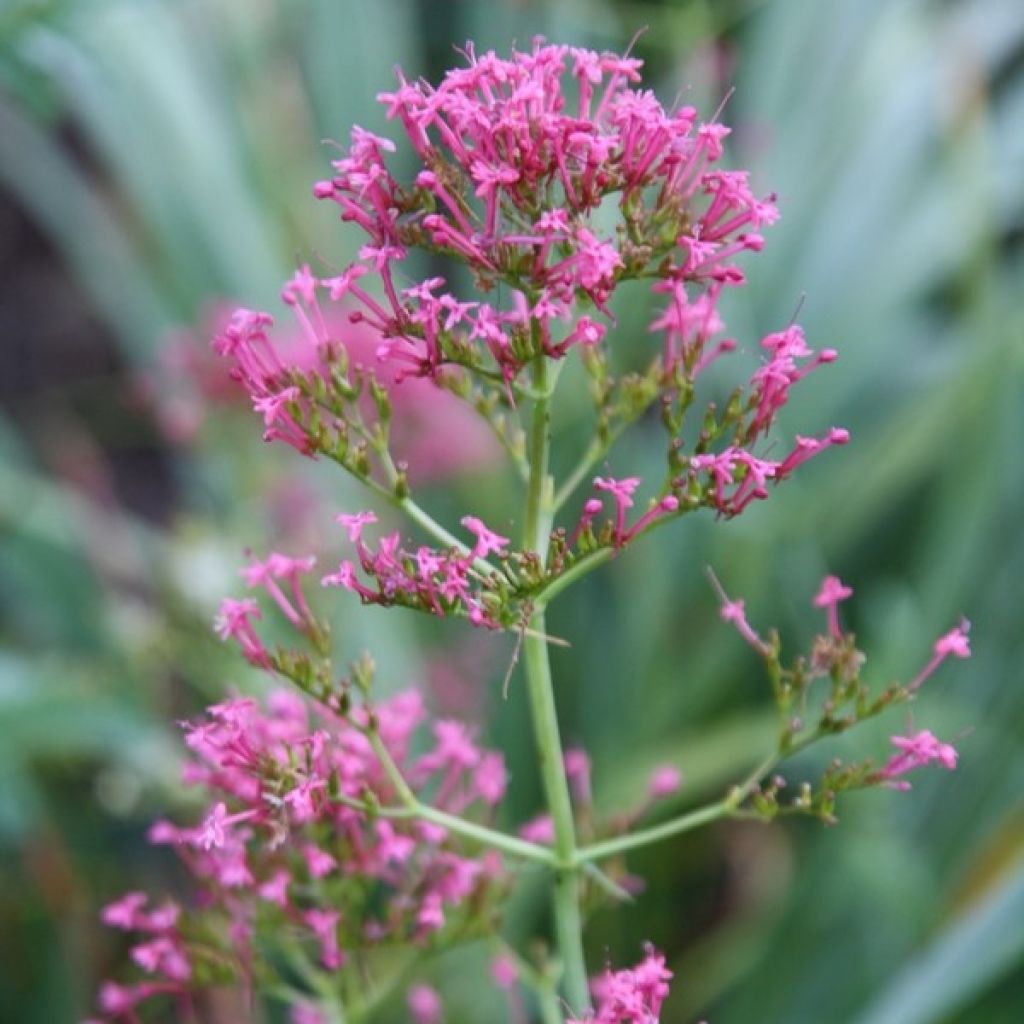

Centranthus ruber
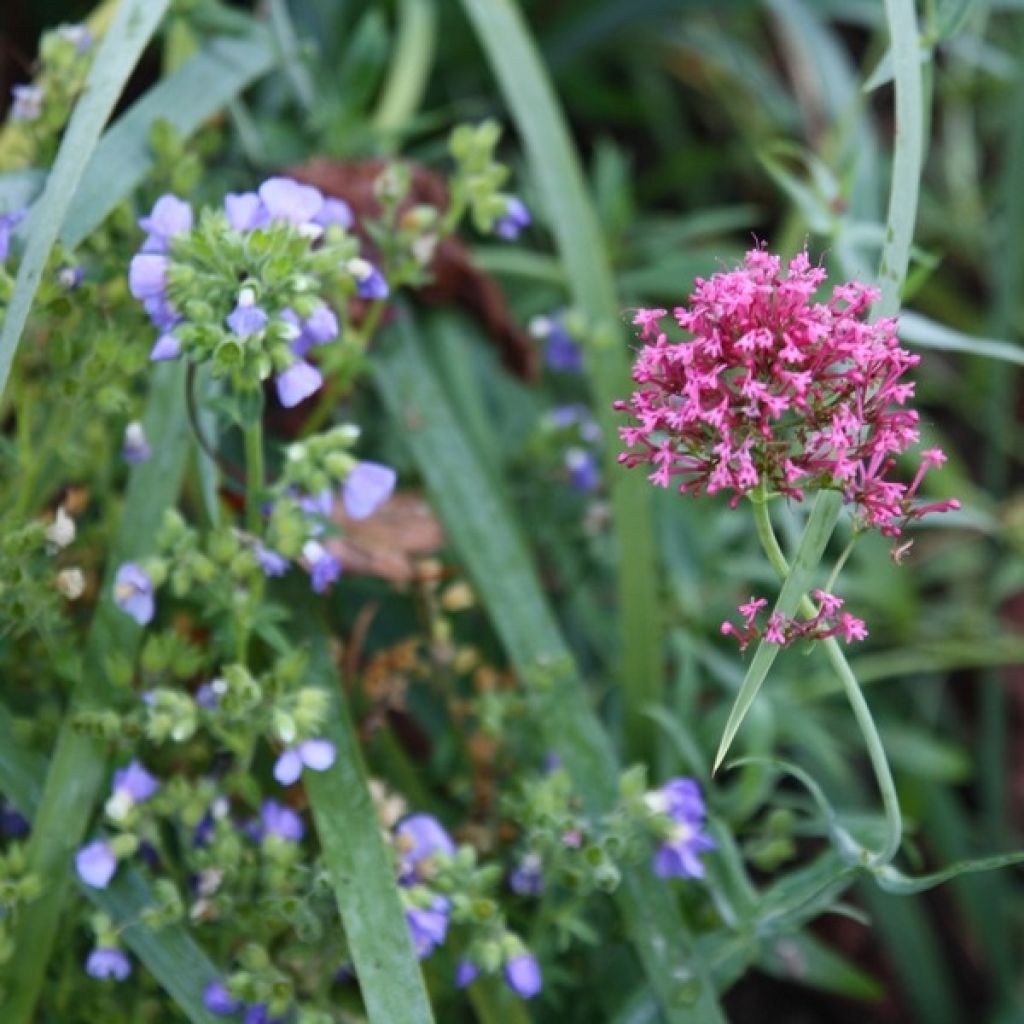

Centranthus ruber
Centranthus ruber
Centranthus ruber
Red Valerian, Jupiter's Beard, Spur Valerian
Good condition upon arrival. Growing well.
Cris, 06/10/2025
Special offer!
Receive a €20 voucher for any order over €90 (excluding delivery costs, credit notes, and plastic-free options)!
1- Add your favorite plants to your cart.
2- Once you have reached €90, confirm your order (you can even choose the delivery date!).
3- As soon as your order is shipped, you will receive an email containing your voucher code, valid for 3 months (90 days).
Your voucher is unique and can only be used once, for any order with a minimum value of €20, excluding delivery costs.
Can be combined with other current offers, non-divisible and non-refundable.
Home or relay delivery (depending on size and destination)
Schedule delivery date,
and select date in basket
This plant carries a 12 months recovery warranty
More information
We guarantee the quality of our plants for a full growing cycle, and will replace at our expense any plant that fails to recover under normal climatic and planting conditions.
Would this plant suit my garden?
Set up your Plantfit profile →
Description
Centranthus ruber, or red valerian, is a robust perennial that forms a beautiful rounded and floriferous clump. Its generous flowering extends from May-June until August, gathering a multitude of butterflies around its almost red inflorescences that resemble small clusters of lilac from a distance. Almost fail-proof, comfortable in almost any climate, endowed with the indefinable charm and untamed character of wild plants, it brings lightness to flower beds and shrubs.
Originally from southern Europe, North Africa, and Asia Minor, red valerian has recently been classified in the Caprifoliaceae family instead of the Valerianaceae family. Indeed, unlike the flowers of usual valerians, its tiny flowers are equipped with a long arched spur, which serves as a nectar reservoir for butterflies. It is a powerful herbaceous perennial plant with a woody rootstock anchored in rhizomes. It grows in an erect to spreading bushy clump, reaching an average height of 60cm (24in) with a diameter of 50cm (20in), depending on growing conditions (it is often taller in fertile soil). The clump is composed of hollow and fleshy, brittle stems covered with bloom. They bear small deciduous to semi-evergreen leaves depending on the climate. The thick and fleshy leaves are jade green to glaucous green or grey-green. They wrap around the upper part of the plant. They are petiolate towards the base of the clump, and ovate to lanceolate in shape. Their dimensions do not exceed 2 to 4cm (1 to 2in) in length and 1.2cm (1in) in width. Flowering occurs from May to September, sometimes almost all year round in very mild climates. The tiny carmine pink flowers, grouped in ramified corymbs, are carried on the upper part of the stems above the foliage. They are highly nectar-rich. Note that this perennial plant will live longer in dry and poor soil. It self-sows spontaneously in light soils.
Red valerian, like gauras, Erigeron karvinskianus, and even herbaceous peonies, is one of those almost fail-proof perennials that deserve to be included in every garden. Very floriferous and not demanding on the nature of the soil as long as it is well-drained, centranthus plants grow freely in a garden, filling in the empty spaces between perennials or shrubs. They even grow spontaneously in wall crevices. They bring lightness to flower beds and are very useful for quickly filling a poor embankment or a new garden. They are excellent plants for dry gardens, often lacking flowers in summer. Varieties with white, pink, mauve, or red flowers can be planted with each other to create beautiful colourful displays. They can also be combined with dry-land euphorbias, centaureas, poppies, damask nigellas, and many others.
Centranthus ruber in pictures




Flowering
Foliage
Plant habit
Botanical data
Centranthus
ruber
Valerianaceae
Red Valerian, Jupiter's Beard, Spur Valerian
Mediterranean
Other Centranthus - Valerian
View all →Planting and care
Centranthus ruber is perfectly resistant to cold, summer drought, and sea spray, It is not very demanding on the nature of the soil. It tolerates a wide range of soils, if they are properly drained, ranging from rocky and stony soils to clayey and compact ones. However, it prefers limestone and poor soils. Choose a sunny or semi-shaded exposure: the plant will tend to lie down to seek light. It spontaneously reseeds itself among trees and bushes without being invasive, and sometimes in the most unexpected places like old walls or even partially tarred ground!
Planting period
Intended location
Care
Planting & care advice
-
, onOrder confirmed
Reply from on Promesse de fleurs
Similar products
Haven't found what you were looking for?
Hardiness is the lowest winter temperature a plant can endure without suffering serious damage or even dying. However, hardiness is affected by location (a sheltered area, such as a patio), protection (winter cover) and soil type (hardiness is improved by well-drained soil).

Photo Sharing Terms & Conditions
In order to encourage gardeners to interact and share their experiences, Promesse de fleurs offers various media enabling content to be uploaded onto its Site - in particular via the ‘Photo sharing’ module.
The User agrees to refrain from:
- Posting any content that is illegal, prejudicial, insulting, racist, inciteful to hatred, revisionist, contrary to public decency, that infringes on privacy or on the privacy rights of third parties, in particular the publicity rights of persons and goods, intellectual property rights, or the right to privacy.
- Submitting content on behalf of a third party;
- Impersonate the identity of a third party and/or publish any personal information about a third party;
In general, the User undertakes to refrain from any unethical behaviour.
All Content (in particular text, comments, files, images, photos, videos, creative works, etc.), which may be subject to property or intellectual property rights, image or other private rights, shall remain the property of the User, subject to the limited rights granted by the terms of the licence granted by Promesse de fleurs as stated below. Users are at liberty to publish or not to publish such Content on the Site, notably via the ‘Photo Sharing’ facility, and accept that this Content shall be made public and freely accessible, notably on the Internet.
Users further acknowledge, undertake to have ,and guarantee that they hold all necessary rights and permissions to publish such material on the Site, in particular with regard to the legislation in force pertaining to any privacy, property, intellectual property, image, or contractual rights, or rights of any other nature. By publishing such Content on the Site, Users acknowledge accepting full liability as publishers of the Content within the meaning of the law, and grant Promesse de fleurs, free of charge, an inclusive, worldwide licence for the said Content for the entire duration of its publication, including all reproduction, representation, up/downloading, displaying, performing, transmission, and storage rights.
Users also grant permission for their name to be linked to the Content and accept that this link may not always be made available.
By engaging in posting material, Users consent to their Content becoming automatically accessible on the Internet, in particular on other sites and/or blogs and/or web pages of the Promesse de fleurs site, including in particular social pages and the Promesse de fleurs catalogue.
Users may secure the removal of entrusted content free of charge by issuing a simple request via our contact form.
The flowering period indicated on our website applies to countries and regions located in USDA zone 8 (France, the United Kingdom, Ireland, the Netherlands, etc.)
It will vary according to where you live:
- In zones 9 to 10 (Italy, Spain, Greece, etc.), flowering will occur about 2 to 4 weeks earlier.
- In zones 6 to 7 (Germany, Poland, Slovenia, and lower mountainous regions), flowering will be delayed by 2 to 3 weeks.
- In zone 5 (Central Europe, Scandinavia), blooming will be delayed by 3 to 5 weeks.
In temperate climates, pruning of spring-flowering shrubs (forsythia, spireas, etc.) should be done just after flowering.
Pruning of summer-flowering shrubs (Indian Lilac, Perovskia, etc.) can be done in winter or spring.
In cold regions as well as with frost-sensitive plants, avoid pruning too early when severe frosts may still occur.
The planting period indicated on our website applies to countries and regions located in USDA zone 8 (France, United Kingdom, Ireland, Netherlands).
It will vary according to where you live:
- In Mediterranean zones (Marseille, Madrid, Milan, etc.), autumn and winter are the best planting periods.
- In continental zones (Strasbourg, Munich, Vienna, etc.), delay planting by 2 to 3 weeks in spring and bring it forward by 2 to 4 weeks in autumn.
- In mountainous regions (the Alps, Pyrenees, Carpathians, etc.), it is best to plant in late spring (May-June) or late summer (August-September).
The harvesting period indicated on our website applies to countries and regions in USDA zone 8 (France, England, Ireland, the Netherlands).
In colder areas (Scandinavia, Poland, Austria...) fruit and vegetable harvests are likely to be delayed by 3-4 weeks.
In warmer areas (Italy, Spain, Greece, etc.), harvesting will probably take place earlier, depending on weather conditions.
The sowing periods indicated on our website apply to countries and regions within USDA Zone 8 (France, UK, Ireland, Netherlands).
In colder areas (Scandinavia, Poland, Austria...), delay any outdoor sowing by 3-4 weeks, or sow under glass.
In warmer climes (Italy, Spain, Greece, etc.), bring outdoor sowing forward by a few weeks.






























